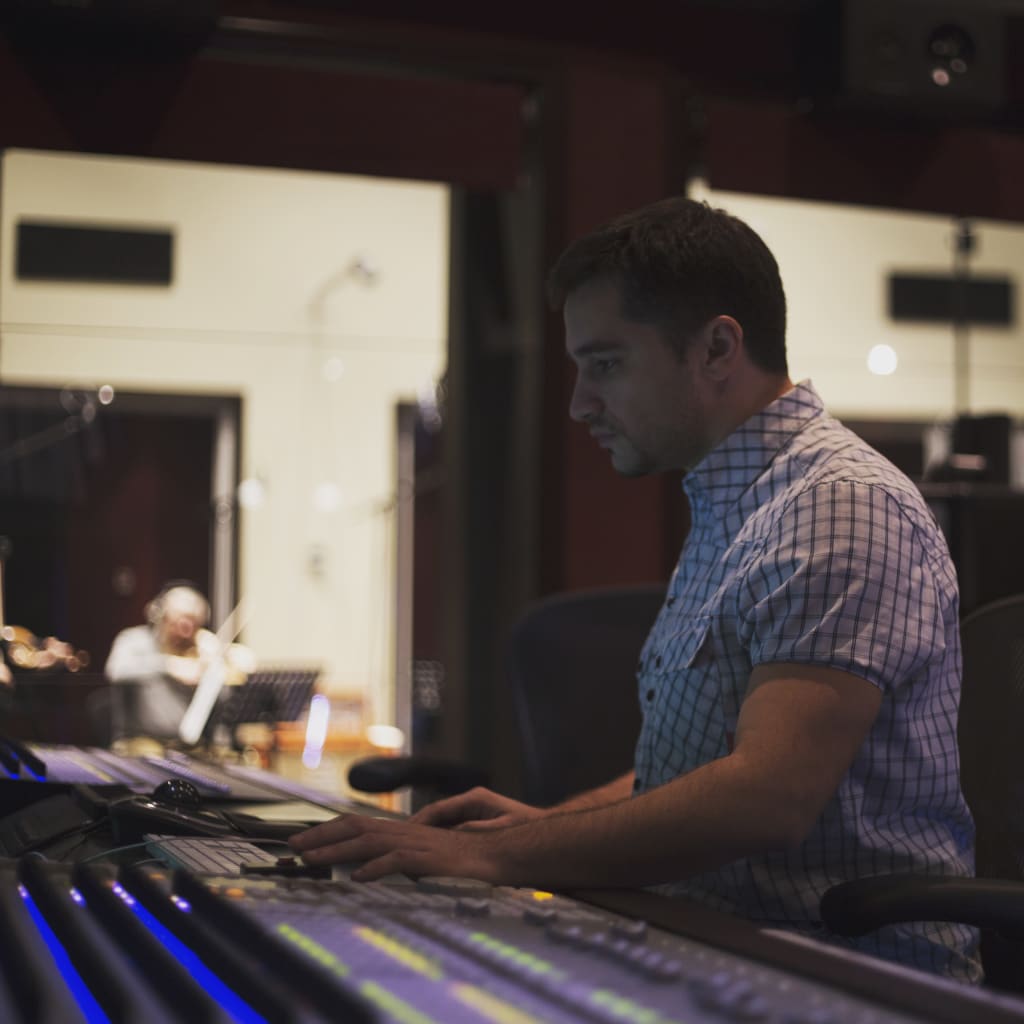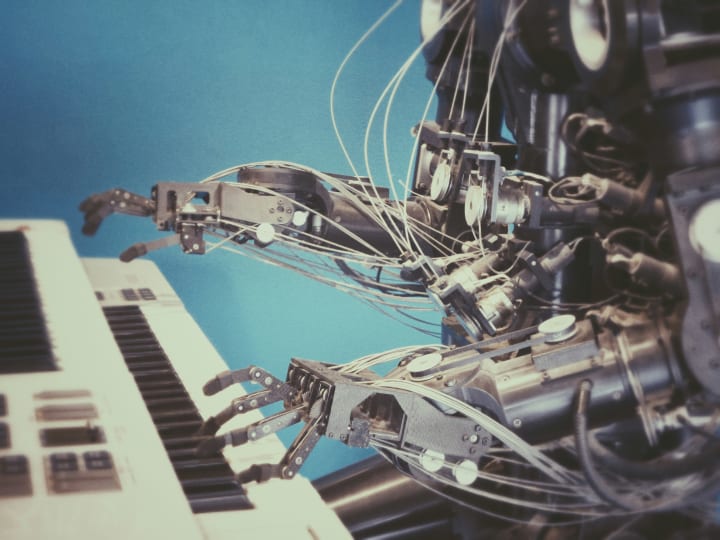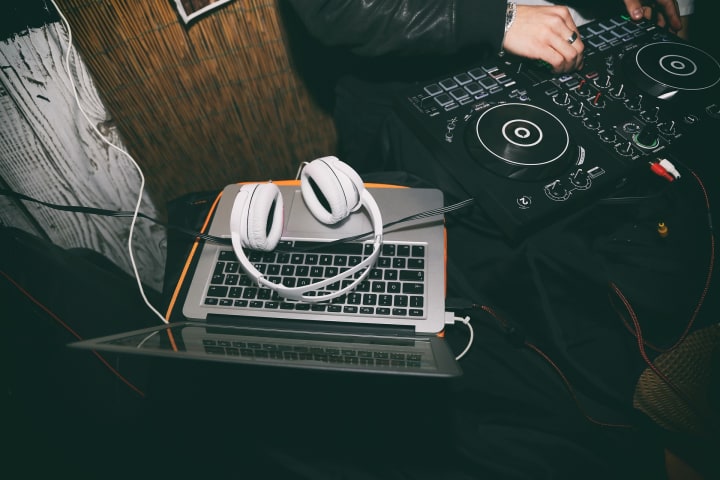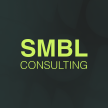Does AI dream of taking human's place?
The threats that neural networks pose for creative professionals

Neural networks have already learned to draw pictures, compose music, write scripts and translate texts into all existing languages. However, their creations are just good copies of the content they were trained on. In terms of creating something original, the advantage is still on the humans' side. Only people come up with something totally unique. Will the situation change in the future? In this article for Vocal Media sound designer and composer Roman Ponomarenko, whose extensive career includes creating soundtracks for movies and working with A-list pop stars, shares his thoughts on how AI can threaten creative professionals and how they can protect themselves
Historical background
The term “artificial intelligence” (or AI for short) was coined in 1956. At first, the new technology concentrated on simpler tasks such as mathematical problem-solving or playing chess.
Composers started experimenting with AI to create music in the 1960s. Of course, the first melodies written with the assistance of computer programs were quite simple and could not compete with the music written by people. Nevertheless, it was an important milestone.
In the 1990s, our perception of AI changed. Earlier, it had been perceived as a potential replacement for humans, but in the 1990s composers began to use it as an assistant. AI learned how to make chords and sing songs that people can use later on. Musicians began to collaborate with AI to brainstorm their ideas and to use this instrument as a way to improve their music.
In the 21st century, AI has truly become a part of the whole music production industry. Modern software and AI platforms have a wide range of functions: from creating complex chord progressions to writing catchy melodies. Today, they are a full-fledged part of the musicians’ creative process.
AI has been having a significant impact on the whole music industry. Its presence, let's say, has revolutionized music production and performance.
How neural networks are trained
AI without training materials is like an airplane without fuel that can't fly. If the neural network does not receive input data for learning, it can not generate anything. When learning, neural networks analyze various technical aspects of the audio materials uploaded in their system (for example, amplitude-frequency characteristics, dynamics, composition, etc.) and try to reproduce these features, constantly checking in with the original product.

This process involves two mechanisms called identifier and discriminator. The first one is responsible for creating a melody similar to the original, and the second one controls the process, so the similarity won't be too obvious. Thus, as a result, we get a composition that meets the given criteria (in terms of style, the sounds of certain musical instruments, etc.) but is not similar to the melodies it was trained on. So, AI-generated songs remind “everything and nothing” at the same time. It turns out to be very useful as it helps to avoid copyright issues.
However, ethicality is what this beautiful mechanism lacks, since the data on which neural networks are trained is kept hidden. The one thing that can be said without any doubts is that this music was once written by someone and licensed by someone else. And the authors, naturally, did not permit any AI manipulations with their creations. Naturally, artists and numerous licensing agencies that make money on creating, patenting and licensing music share the discontent with artificial intelligence.
Neural networks as a threat to creative professionals
There are two groups of people both within and outside the music industry, namely those who support the usage of AI and strongly oppose it. The advocates for the integration of AI argue that artificial intelligence streamlines numerous mundane tasks, thereby improving people's lives and work processes significantly.
From my perspective, AI should not be viewed as entirely beneficial in creative fields. Neural networks are trained on music created by people who spent years (or maybe decades) learning and painstakingly mastering their skills. Today, no one can be absolutely sure that their art or ideas won't be used as training materials for AI. Often, people involved in training or utilizing AI may overlook ethical considerations. Their main focus is on the effectiveness of neural networks in replicating and fulfilling user requests. In this regard, AI is continuously evolving and becoming more efficient each day.
These threats are relevant to numerous creative professionals. They are losing their positions in the labor market and, as a result, their source of income. Imagine for a second that you are an artist who came up with a totally new and unique painting technique. Finally, you can create something incredible. But suddenly, there is a neural network that was trained on your art. In 15 seconds, it can do the things you have been learning for years how to do. And it does it for such ridiculous money! Of course, some art appreciators may say, “But neural networks have no soul and their creations are dull.” But a pragmatic consumer will answer, “I like it, and the subscription costs only 10 bucks a year.”
So far, neural networks can only copy stuff, but they cannot come up with something truly original. However, I think that somewhere in the Open AI laboratories, neural networks have already learned to do this too.
Overall, AI has an extremely large potential. The usage of neural networks in the process of creating art should be examined and, most importantly, put into a legislative framework. Right now, it's too difficult to come up with any guidelines or rules for AI. It's like a gene from the bottle: it allows gaining enormous profit almost for free, which is why it is so difficult to take control of.

Victories and losses of creative and other professionals over AI
The musical industry and show business are already trying to adapt to the explosive development of AI and set boundaries for it. Perhaps everyone heard about the massive labor strikes in Hollywood. The first ones who started protesting were screenwriters, whose jobs were literally endangered by AI. Not so long ago, neural networks could only make suggestions on how to improve someone's writing. However, they learned to create their own scripts based on the brief description of the plot given to them. Hollywood screenwriters rebelled against that.
Last year, the Writers Guild of America (WGA) reached an agreement with the Alliance of Motion Picture and Television Producers. As a result, certain rules of AI use were adopted. For instance, studios cannot use AI to write scripts or to edit scripts that have already been written by a writer. If they were allowed to do so, they would be able to reduce the wages for writers significantly.
This agreement has already been called a fantastic win for writers.
Screenwriters were joined by actors. The Guild of Television and Radio Artists expressed concern that the studios would use generative AI and other technologies to replicate performers’ faces and voices. Let’s say you're a director and you need to shoot one more short episode of your film with the main actor starring. It's much easier to do it using his digital replica instead of paying him and the whole crew for additional working hours.
The actors' labour union ratified the contract with Hollywood studios stating the following. First of all, the performer should provide explicit consent (sign a contract) for the creation of their digital replica by the studio. The replica will be then used to portray the performer in a scene or soundtrack in which they did not actually perform. But this doesn't give the studio permanent rights to use the digital avatar. They would have to separately bargain with the performer each time they want to reuse the replica in another movie.

These are the victories over AI reached by human professionals. However, it is not always like this.
In some industries, machines with self-diagnosis functions based on AI are already being put into operation. This means that ChatGPT is built into the machine's operating system. When there is a problem, the AI can describe it and give some recommendations for solving it. So, people who had done this before the advent of AI, are now left out. And this is just one of a million possible scenarios of AI use.
I'd like to highlight that neural networks should be equipped with some kind of protection mechanism that would not let them develop endlessly. Outlining the boundaries for the use of artificial intelligence is a task relevant to all of us these days.
About the Creator
Enjoyed the story? Support the Creator.
Subscribe for free to receive all their stories in your feed.






Comments
There are no comments for this story
Be the first to respond and start the conversation.